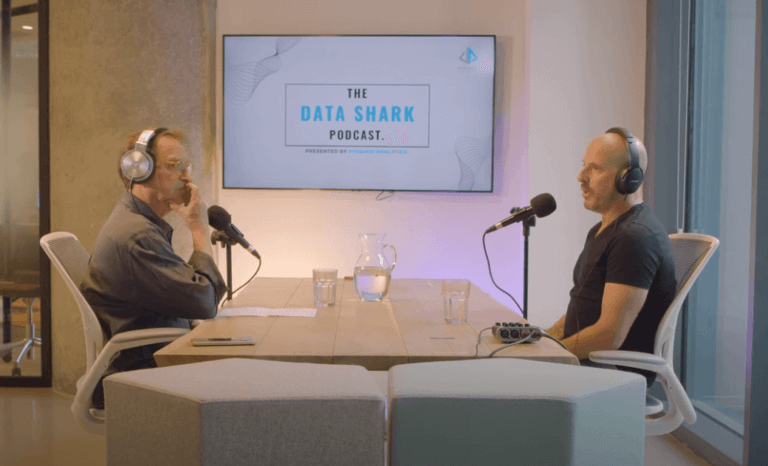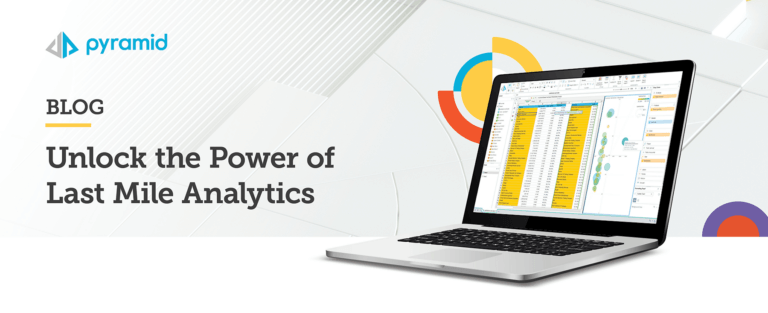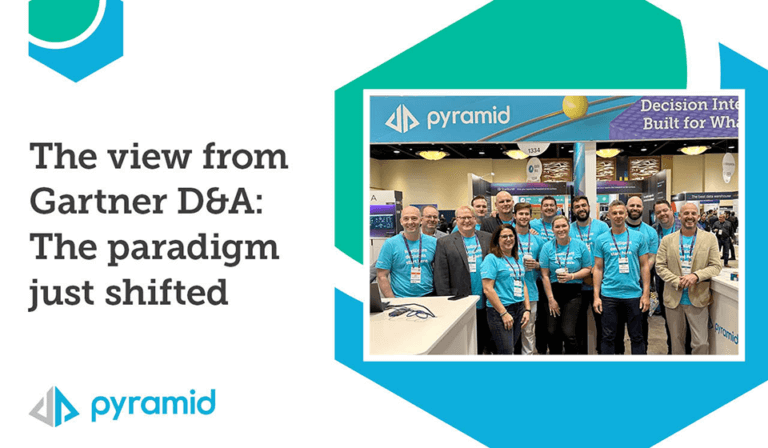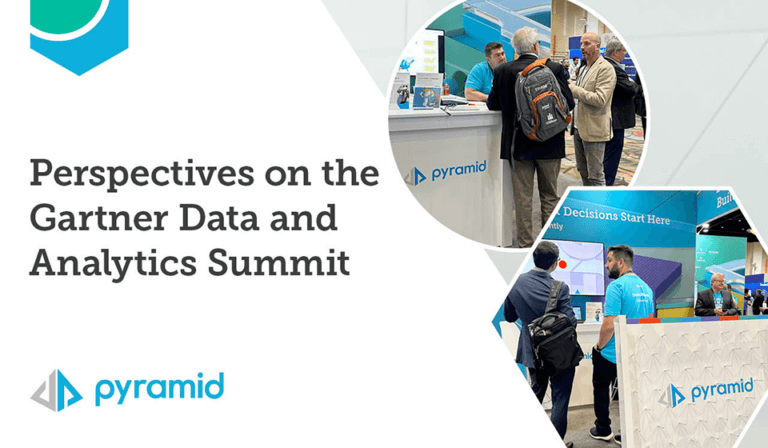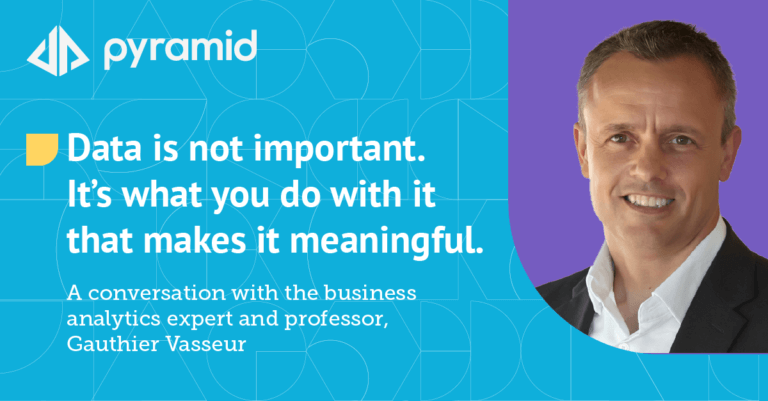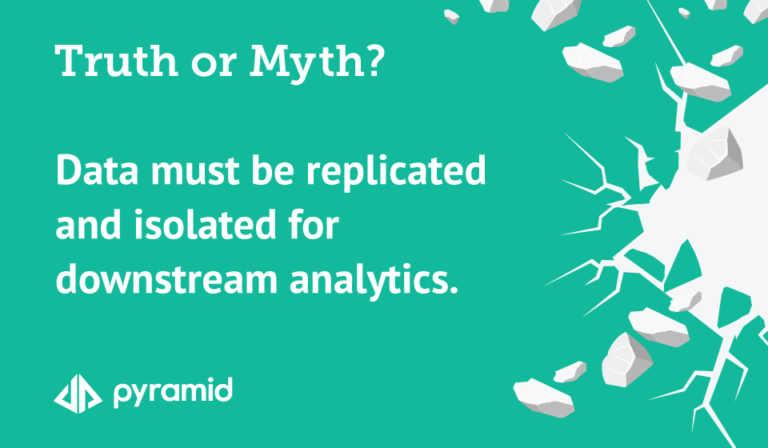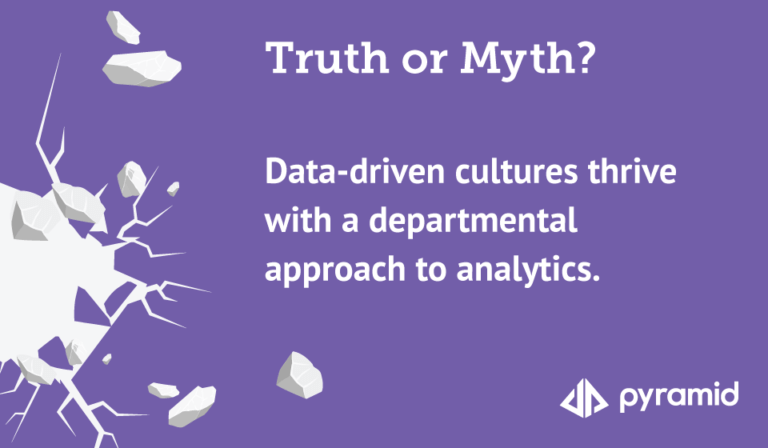Note: this post was written for and first appeared at Database Trends and Applications: http://www.dbta.com/Editorial/Trends-and-Applications/Four-Signs-That-You-Chose-the-Wrong-Analytics-Platform-134784.aspx
It’s no secret that analytics confers a significant competitive advantage on companies that successfully implement BI platforms and drive key decision making with data. Yet, many organizations struggle in this endeavor. So, why aren’t more analytics and BI implementations delivering results? No one believes that you can simply install analytics and BI software and magic will occur. It is understood that a successful implementation requires two other ingredients: people (end users) and processes (collaboration). The magic only happens when you have alignment on all three elements—the right people, the right processes, and the right tools.
But what if you knew you had the best and brightest on your staff? And what if they were hungry to solve the organization’s most pressing challenges with data? What if the reason the BI implementation was failing was not the users or their willingness to work together, but that they were using the wrong analytics platform? What if the solution chosen as the centerpiece of an analytics strategy was not fit for duty?
Watch for the Signs
Consider the following scenario: You finally chose the analytics platform that you hoped would propel your organization to success. At first, everything seemed fine. You went through dozens of stakeholder reviews and witnessed countless vendor demos. You spoke to your executive team, IT leaders, and line-of-business managers. You eliminated the platforms that seemed too complicated for the task and the ones that didn’t quite have the horsepower for your enterprise needs. Plus, the CEO loved the attractive visualizations and report templates included out-of-the-box.
But now you are halfway through the implementation, and you are starting to see the signs that things are not going entirely to plan. You have the feeling that nothing has really changed in the way people go about their work and that the business has not made any significant progress. You look around and begin to feel that the BI application you selected may not have been the best choice. The following are four signs that you may have chosen the wrong platform:
1. The content tells you answers everyone already knows. Everybody loves pie charts. And column charts. And scatter plots. Any visualization is fantastic. However, visualizations are simply representations of data, and they often tell you what you already know. For example, say you have a pie chart on a dashboard that shows your top 10 customers by geography. It will wow you at first, but the novelty wears thin when you realize you already knew your top accounts. What you’d like to do is ask the next questions? What’s the year-over-year change in customers? Why am I losing them or keeping them? Can I take my highest performing salespeople and see why they are successful compared to the unsuccessful ones? If your platform gives you attractive charts, but only offers a modicum of analytic depth, you’ll be left hungry for more.
2. People are not using it. Imagine that an analyst has a beautiful chart based on data from your accounting system showing product sales over the last three trailing quarters. But the chart doesn’t tell her about profitability in the next 3 months, or the reasons for profitability. It only gives her the obvious answers.
So, she reviews a separate profit and loss report (usually a grid of figures), cuts and pastes the data into Excel, applies a forecast algorithm, and then plops that into a PowerPoint to share with the VP of sales. Worse yet, she extracts it out of the accounting tool as raw data because the data in the BI platform was both stale and slightly incorrect. In short, she uses anything other than your company’s expensive analytics tool to produce the real insights. If your employees are not using the platform to make decisions, it risks becoming shelfware.
A provider of well-known BI platform likes to promote its high number of “active touches.” What’s alarming is that the vendor considers an active touch to be once-a-month use. So, here are a few questions: Is a person actively communicating if they’re only checking their email once per month? Are you considered worldly if you only check the news once per month? Similarly, are your employees “data-driven” if they’re only checking their analytics once per month? A successful implementation requires active use of data, and people should have a natural need to use it.
3. Your tool is too simplistic to answer complex business questions; or, it’s too complicated for people to actually use. You purchased the platform to accelerate speed-to-insight, not slow it down. However, if you find that your platform merely generates visualizations that don’t trigger meaningful action, then your analytics tool lacks sophistication. Data visualizations cannot make decisions for you—they simply provide representations of data. However, if the visualization is inherently unsophisticated, or simply restates the obvious, it’s just a pretty picture. And if the analytics tool doesn’t give you the ability to interrogate the data beyond the static (or lightly interactive) visualizations, or you need expert help to answer the question, that’s a problem. Your users require something more sophisticated if they’re going to use it. Difficult business questions require sophisticated tools.
Many analytics platforms tools are rudimentary by design in an attempt to cater to the lowest common denominator (the casual user who only lightly consumes information). Yet they alienate the users that want more than just attractive visualizations. Some platforms cater to the 5% of users who demand high-powered analytics—the data scientists among the userbase. However, this yet again alienates the majority of users because the tool is too difficult or time-consuming to learn. Analytics is a continually evolving exercise. You need to be constantly thinking about the next question and the next question after that. And the next question cannot come at a tremendous cost—it cannot be a development project that constrains decisions.
For an analytics implementation to truly work, it needs to cater to the 80% in the middle group of users. The ideal platform finds that middle ground. It provides you with a friendly UI that the average user can appreciate, but plumbs in sophisticated analytics—with simplicity—so advanced users can explore greater depths of sophistication and answer the tough business questions. The art is activating the 80%—those that need more than nothing, but less than everything.
4. The confidence in your insights and analysis is low. Now, more than ever, users need data to inform their decisions, and they need to be able to trust the data. Desktop-based tools allow users to build their own content entirely untethered from the organization, regardless of whether the underlying data or analytics is accurate or not. This causes downstream problems and sows distrust in the integrity of the data. No one can act on information without confidence in the people, processes, and tools. Analytic platforms should provide governance capabilities to manage data from a centrally administered repository so that analysis can be reproducible and defensible. It should provide the means to trace the origins of the data, the techniques used to examine it, and the individuals who prepared the analysis.
The Dangers of Picking the Wrong Analytics Platform
Often, data visualization platforms are purchased when “analytics” is merely a check box. The platforms may provide the ability to build and show data representations, but they seldom go deep enough. A serious analytics platform lets you and your business users ask the next big question, and the next one after that. And the questions are never simple. If the answer is obvious, they usually don’t need to be asked.
If you made a purchasing decision with analytics as an afterthought, you will see the signs with time. It could mean that your efforts won’t deliver meaningful value or, worse yet, that your efforts will utterly fail. So, if you are serious about your analytics, then get a serious analytics platform.






